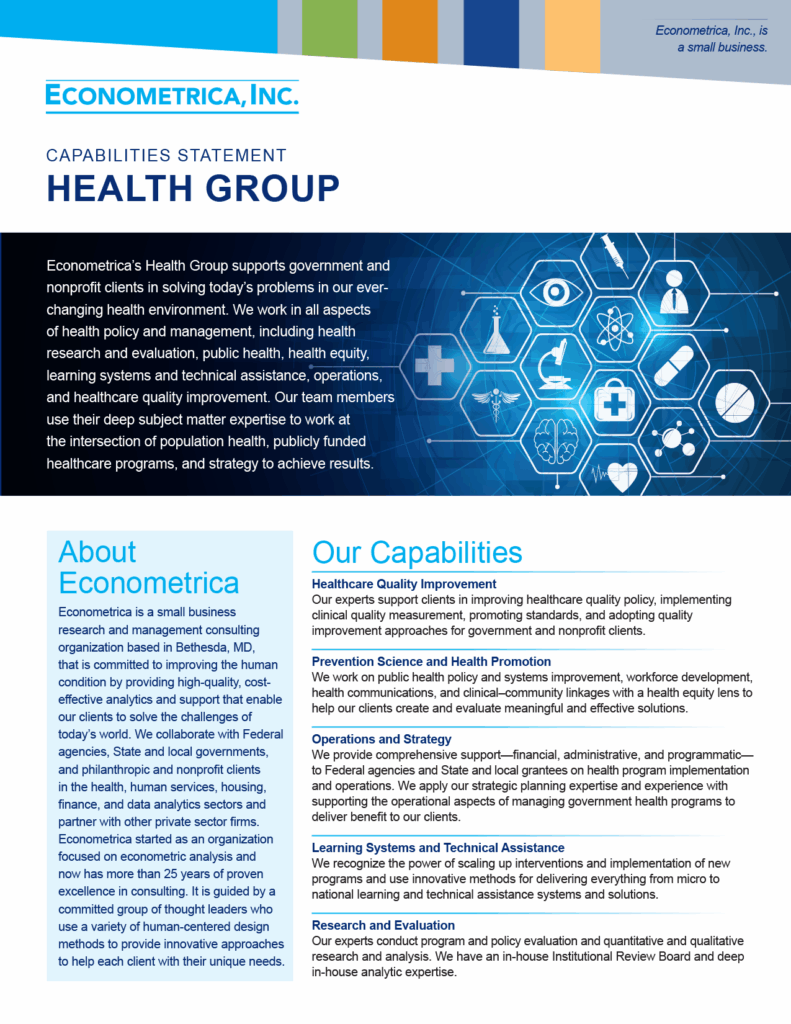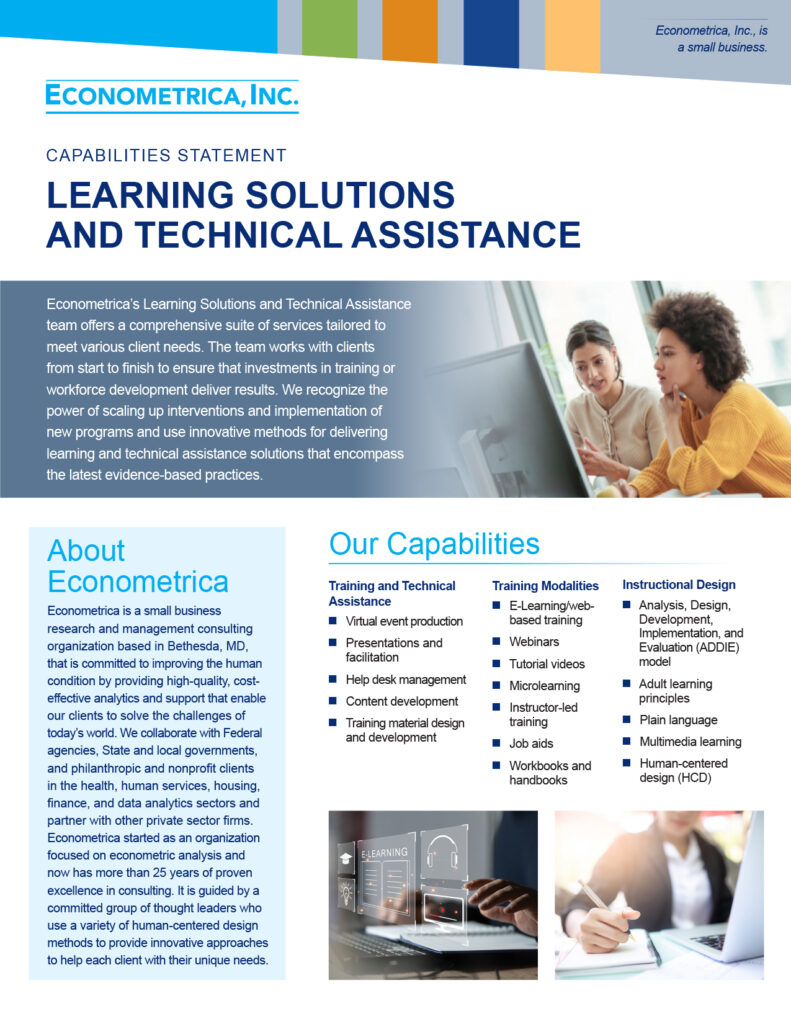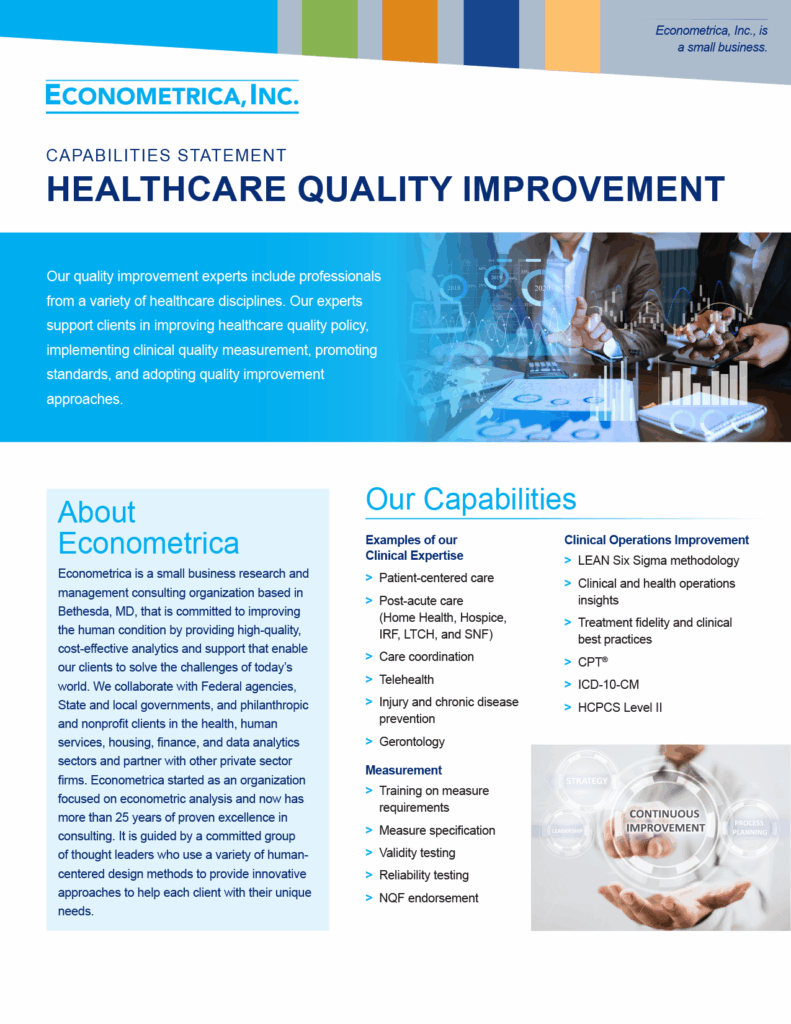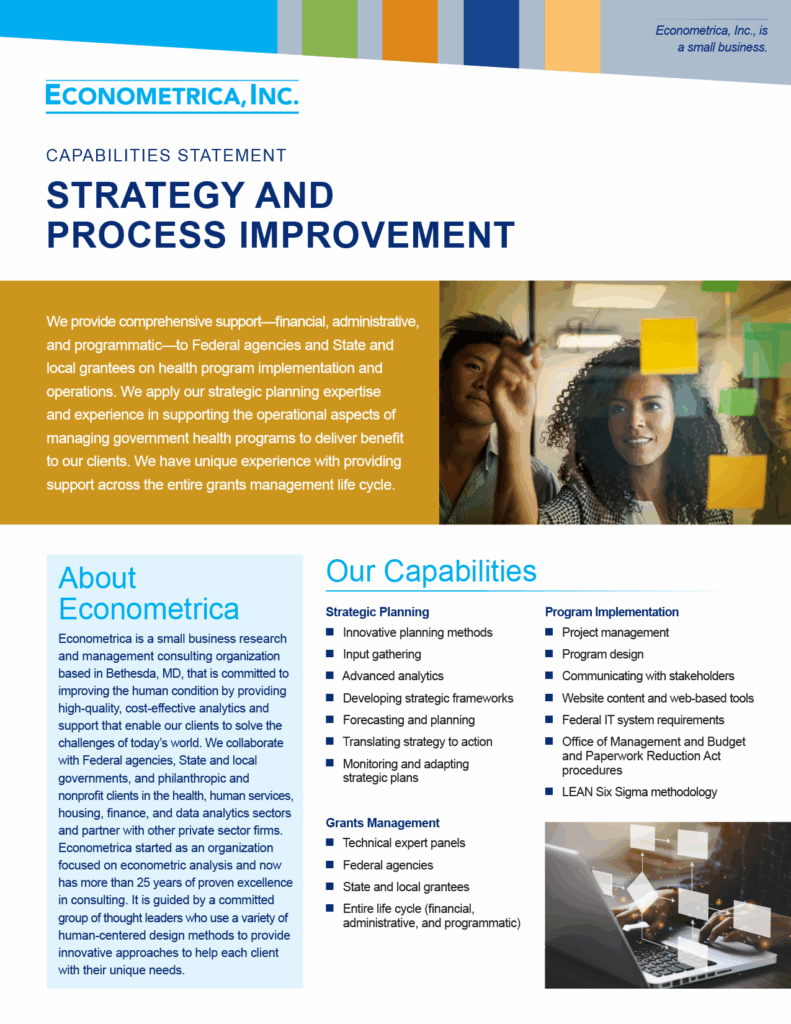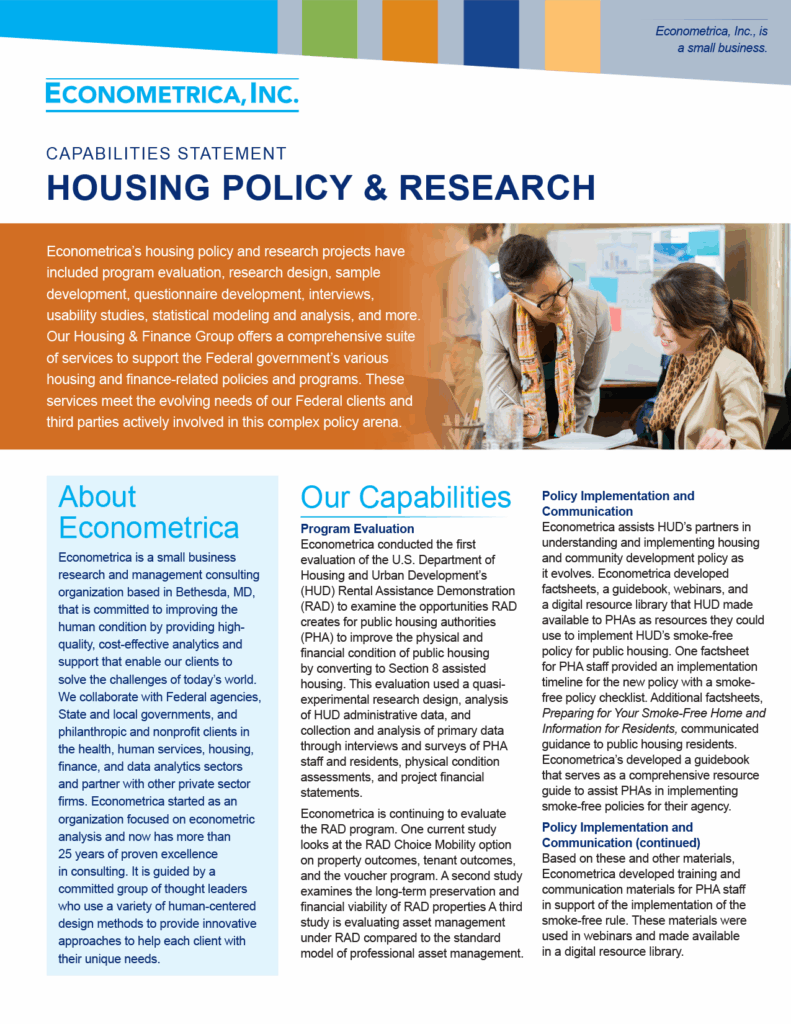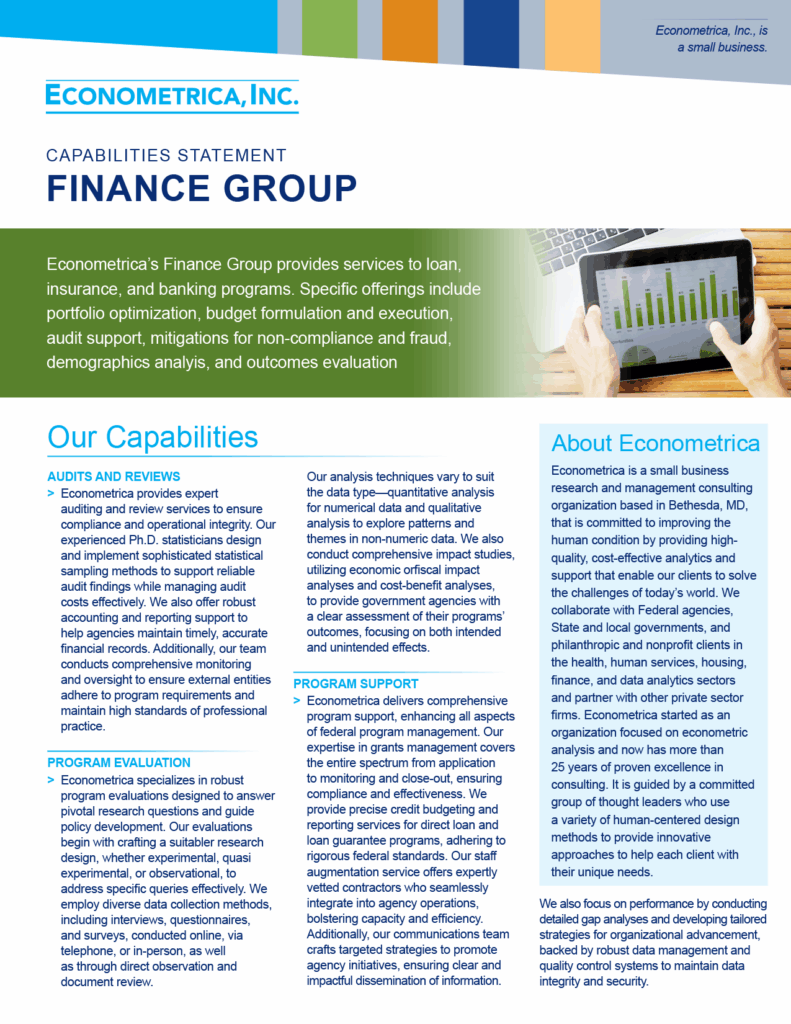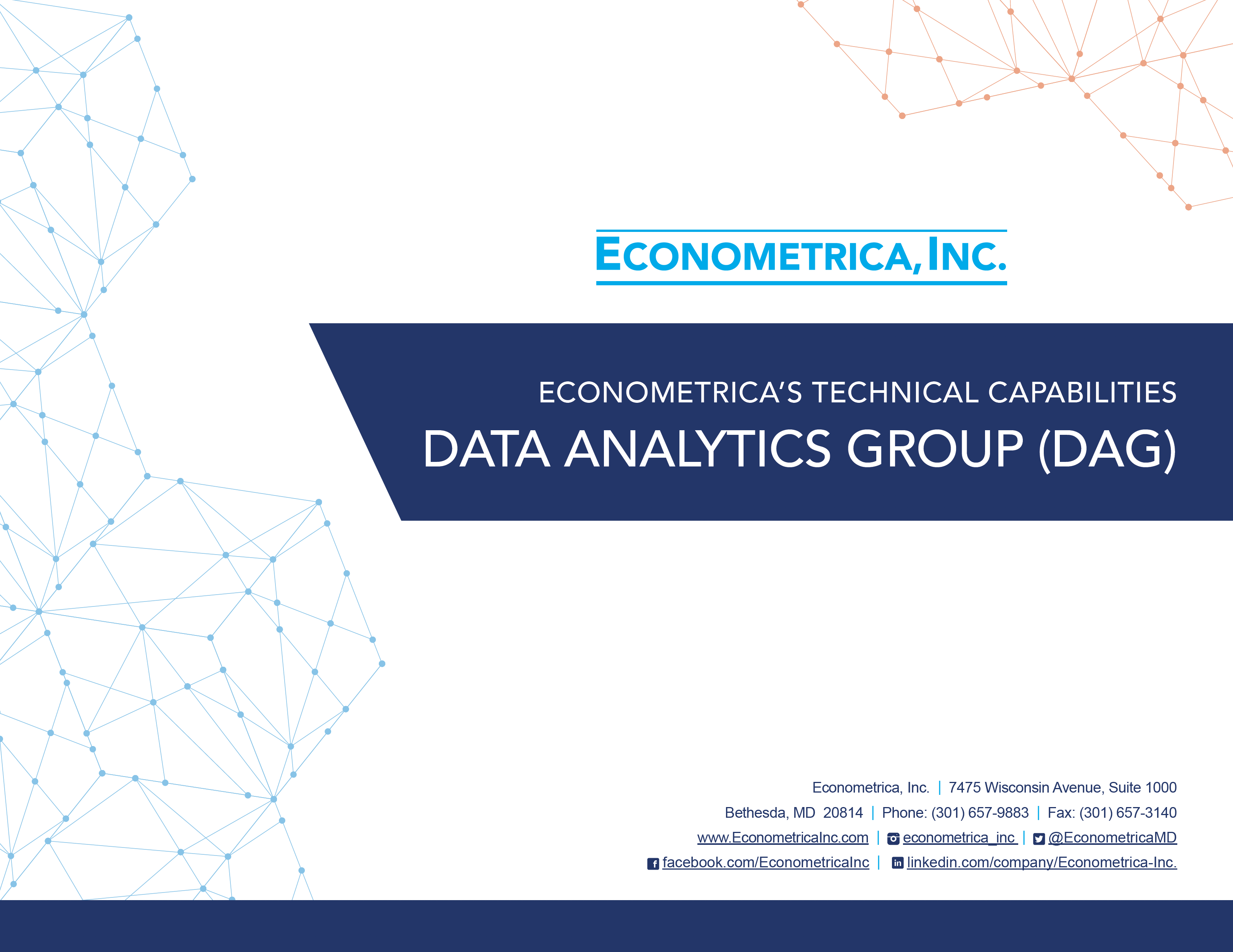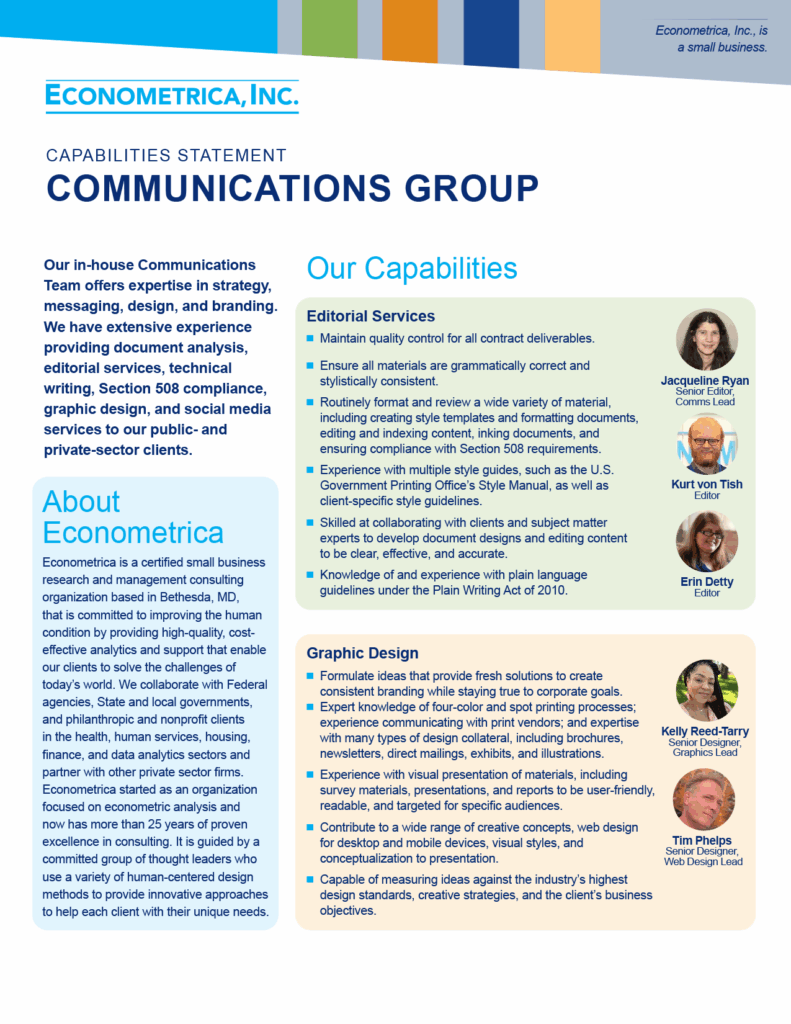Remembering the Section 504 Sit-In
Sections 504 and 508 of the Rehabilitation Act of 1973 are key to protecting the rights of people with disabilities. Combined, they aim to ensure people with disabilities can access any program or activity receiving Federal funds and to eliminate barriers in IT and encourage the development of technology to achieve these goals.
April 5 marked the 44th anniversary of the Section 504 sit-ins. The 1977 sit-ins resulted from years of frustration at the slow pace of regulations and marked a turning point in the Nation’s push for regulations protecting the rights of people with disabilities.
Section 504 passed into law as part of the Rehabilitation Act of 1973, one of the first U.S. federal civil rights laws offering protection for people with disabilities. It set up the groundwork for all future legislation protecting people with disabilities, such as the Americans with Disabilities Act (ADA).
Though the law said “no otherwise qualified handicapped individual in the United States shall solely on the basis of his handicap, be excluded from the participation, be denied the benefits of, or be subjected to discrimination under any program or activity receiving federal financial assistance,” the Government was slow to create and enforce regulations enforcing the law. The law would prohibit any entity receiving Federal funding, such as airports, post offices, universities, and Government facilities, from discriminating against anyone because of a disability.
No regulations were issued from 1973 to 1977, despite attorneys in the Office for Civil Rights drafting regulations and sending them to the Secretary of Health, Education, and Welfare (HEW) to publish for public comment. Guidelines from HEW would become guidelines for other Federal agencies, so this was important step. Disability rights organizations advocated for the regulations and staged protests and grassroots campaigns to see their passage. However, concerns about costs and enforcement, and pushback from covered entities such as hospitals and post offices, slowed passage.
But by 1977, frustration erupted. HEW Secretary Joseph Califano was tasked with studying the Section 504 regulations but established a task force that did not include anyone with a disability. National protests were organized.
The 504 Sit-In began April 5, 1977. Disability activists demonstrated at HEW offices nationwide, demanding the Section 504 regulations be signed. Sit-ins lasted at several of the offices, most notably in San Francisco. While many of the protests dispersed after a few hours, the peaceful protest in San Francisco lasted 25 days.
Persistence paid off, however, as Califano signed the regulations on April 28, 1977. The grassroots campaigns and ongoing protests showed that people with disabilities were not to be ignored, and forged partnerships that would later draft Federal laws, such as ADA, that provided for nondiscrimination on the basis of disability.
Kitty Cone was one of the organizers of the San Francisco protest. You can find a good inside account of the events here:
Work With Us, Work for Us
Econometrica, Inc., is a small business research and management consulting organization based in the greater Washington, DC, metropolitan area. We are committed to improving the human condition by providing high-quality, cost-effective analytics and support that enable our clients to solve the challenges of today’s world. We collaborate with Federal agencies, State and local governments, philanthropic and nonprofit clients, and private-sector partners in the public health, healthcare, data analytics, housing, and finance sectors.
To work with us on your next project, visit us online or email us at Info@EconometricaInc.com. To explore the benefits of working for us, visit our careers page. Follow us on LinkedIn, X, Facebook, and Instagram.
Section 504 passed into law as part of the Rehabilitation Act of 1973, one of the first U.S. federal civil rights laws offering protection for people with disabilities. It set up the groundwork for all future legislation protecting people with disabilities, such as the Americans with Disabilities Act (ADA).

